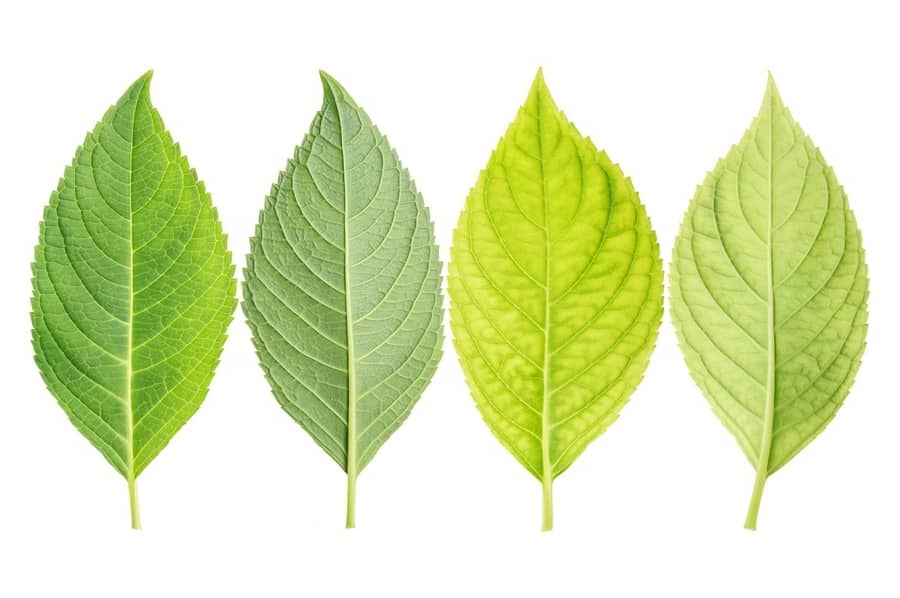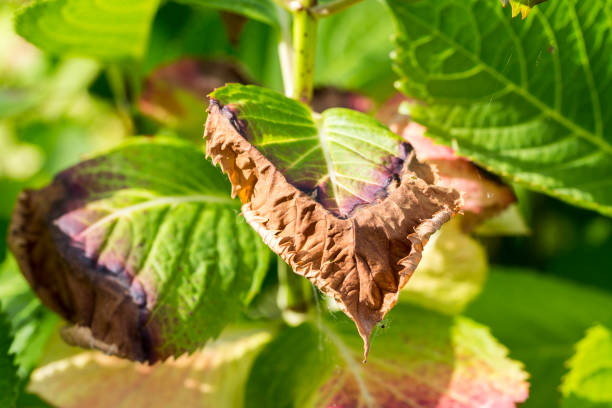Our Hydrangea Leaves Turning Yellow Ideas
About Hydrangea Leaves Turning Yellow
Table of ContentsThe Greatest Guide To Hydrangea Leaves Turning YellowHydrangea Leaves Turning Yellow - The FactsOur Hydrangea Leaves Turning Yellow IdeasThe Greatest Guide To Hydrangea Leaves Turning Yellow
These problems are simple to determine and take care of if you take actions prior to origin rot collections in. A dampness meter can aid lead you to the very best approach of correction (Hydrangea Leaves Turning Yellow). Large leaves frequently look saggy during the afternoon heat. When they fail to perk up in the evening or still look shrivelled in the early morning, your plant might be overwatered.Eliminate the plant from the soil and trim out any type of roots that aren't white and swollen (plump). Replant in a new location or function some sand into the dirt for much better drainage.
Add a little distilled water, mix the active ingredients, and drain pipes the extra water. Place a p, H testing strip in and wait for an analysis. You can utilize an inexpensive dampness and ph testing meter which will certainly likewise come in convenient later on when you want to check your plant for underwatering and overwatering.
The most effective means to do that is with dirt amendments. Sphagnum moss or peat moss stops the dirt from condensing and betters dirt drain while additionally raising the dirt's acidity. You can spread sulfur chips in your hydrangea soil. The simplest means is to simply utilize a plant food that helps preserve the proper acidity in the soil while likewise feeding the plant.
The Ultimate Guide To Hydrangea Leaves Turning Yellow
This is one great factor to repot houseplants consistently (though there are others, such as origin growth for instance). It is additionally why houseplants need a much more stringent fertilizing routine than many outside plants. When a hydrangea houseplant is deficient in nutrients, its leaves will certainly be the initial to reveal the indications.

You will certainly additionally need to fertilize the plant manually and regular intervals. When spring begins in March, it's the active growing season for numerous houseplants, including hydrangeas.
The dripline is the area located under the foliage that is the furthest away from the center of the plant. Instead than applying feed to the center of the plant it is best to concentrate it mostly in the outer locations of the pot. If you prefer to use a slow-release plant food such as granular or spike plant food, after that cover either kind with some soil after you place them.
Some Ideas on Hydrangea Leaves Turning Yellow You Need To Know

Although the hydrangea is remarkably frost-resistant, when temperatures start getting involved in the 20s, the plant is in major danger. If the temps are in the low 10s, that danger is more severe still. Obviously this is more of a worry about exterior plants so if you maintain potted hydrangea outside you must bring them inside your home in extremely chilly weather conditions or also take into consideration transferring them inside throughout of the wintertime.

A dried hydrangea, A big problem with several houseplants is origin rot. Origin rot occurs when you overwater a plant and since it is such an usual problem (especially with succulents) lots of houseplant proprietors are afraid of overwatering their plants. Hydrangeas require more watering that many various other usual houseplants and can become dehydrated when they are underwatered.
5 Easy Facts About Hydrangea Leaves Turning Yellow Explained
Be absolutely certain that your hydrangea is dehydrated due to an absence of water and not due to it be provided too much water (extra on this later). Overwatering is a severe problem if you cut corners on its water demands even a little bit, your hydrangea will certainly be quick to show it.
The most effective way to establish if your hydrangea is underwater is to inspect the dampness levels in the soil. By utilizing more helpful hints an effective however inexpensive dampness and p, H tester, or by sticking your finger into the soil, you will swiftly inform if the plant needs water. So, to get your hydrangea sprinkling practices on the ideal track, you require to be mindful about the wetness degrees in its dirt.
When you remove your finger from moist soil it will have percentages of soil residue stayed with it. Dry soil will indicate your finger appears tidy or with completely dry dirt that is conveniently surprised. If it's damp, and the plant has yellow fallen leaves after that the plant has likely been overwatered and you will need to comply with the suggestions given in the area listed below.